Genomics has revolutionized the field of conservation genetics. In recent years, the cost of sequencing thousands of loci from a single individual has dramatically dropped, making genomic tools more accessible for projects, even those with limited budgets. Genomic tools such as RADseq and target capture allow us to subsample the genome to allow for sequencing […]
Torreya taxifolia
Ex situ Conservation and Ontogenesis of Torreya taxifolia Embryos
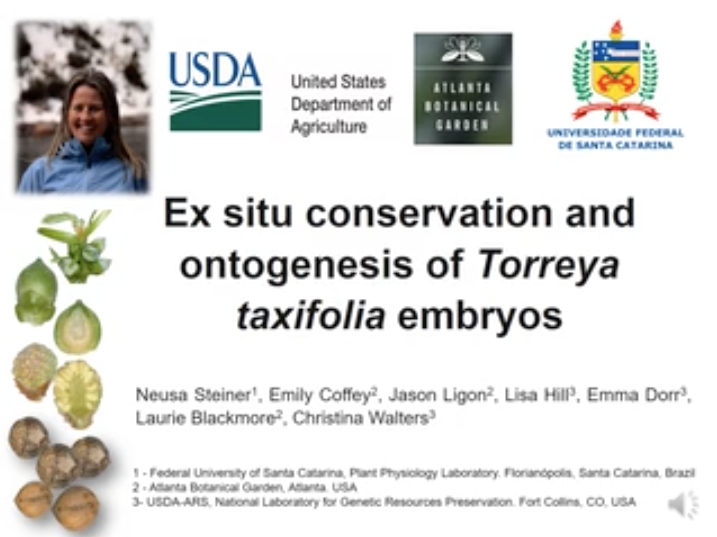
Neusa Steiner, Federal University of Santa Catarina, Emily Coffey, Atlanta Botanical Garden, Jason Ligon, Atlanta Botanical Garden, Lisa Hill, USDA-ARS, Emma Dorr, USDA-ARS, Laurie Blackmore, Atlanta Botanical Garden, Christina Walters, USDA-ARS Torreya taxifolia Arn (Taxaceae) is an ancestral evergreen tree on the brink of extinction. This dioecious plant is found in the Florida panhandle and is threatened by a fungal pathogen. […]
Working with Private Landowners to Conserve Critically Endangered Plant Species
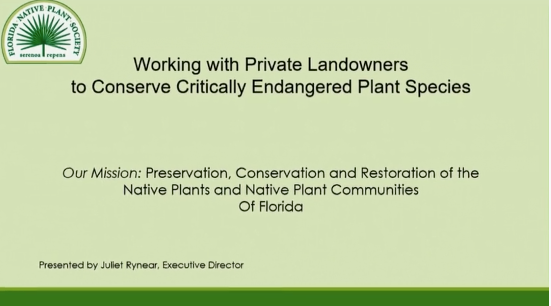
Juliet Rynear, Florida Native Plant Society Executive Director The Florida Native Plant Society (FNPS) is working with private landowners to help conserve critically endangered plant species. Two of our projects represent the importance and value of this work: the Warea Partnership Project and the TorreyaKeepers Project. Warea amplexifolia (clasping warea) is a federally-listed endangered plant […]
Monitoring At-Risk Species in the Southeastern U.S. Can Be Improved with an Ensemble Habitat Modeling Approach
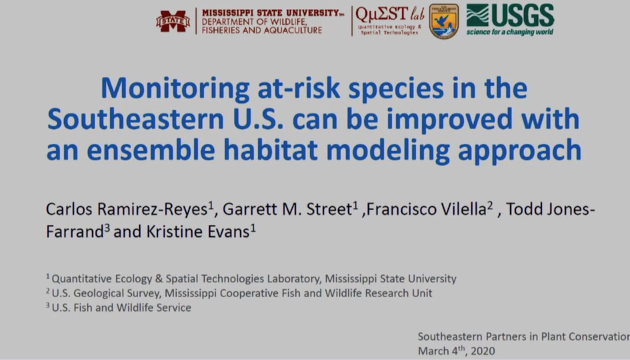
Dr. Carlos Ramirez-Reyes1, D. Todd Jones-Farrand3, Garret Street1,2, Francisco Vilella4, Kristine O. Evans 1,2 1. Department of Wildlife, Fisheries and Aquaculture, Mississippi State University 2. Quantitative Ecology & Spatial Technologies Laboratory, Mississippi State University 3. U.S. Fish and Wildlife Service 302 Natural Resources, University of Missouri 4. U.S. Geological Survey, Mississippi Cooperative Fish and Wildlife […]
Cones and Clones to Save Florida Torreya
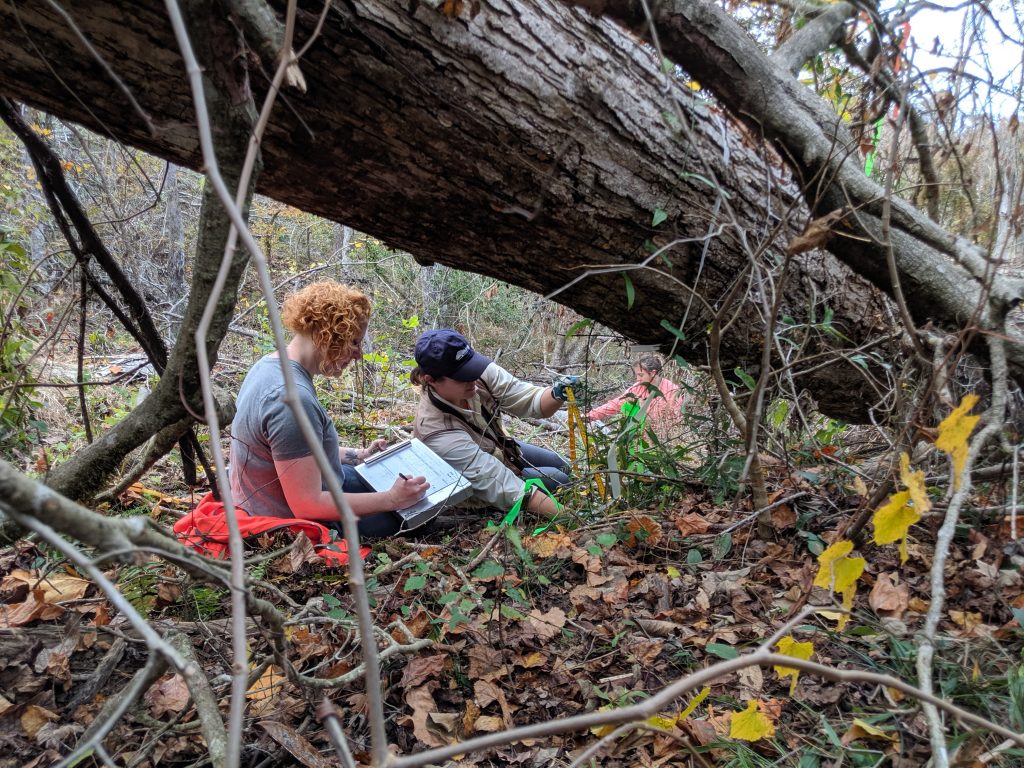
[…]
What’s New for Torreya taxifolia, North Ameica’s Rarest Conifer?
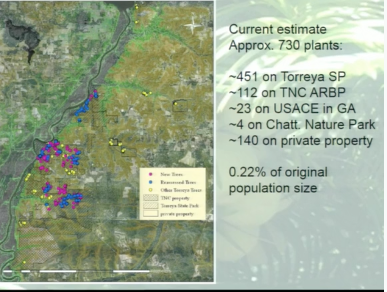
Emily E. D. Coffey, Ph.D., Atlanta Botanical Garden Torreya taxifolia, known as the Florida Torreya, is one of the rarest conifers in the world. Once found as a canopy tree, Torreya is an evergreen dioecious tree endemic to a narrow range of bluffs and ravines adjacent to the Apalachicola River in northwest Florida and extreme […]